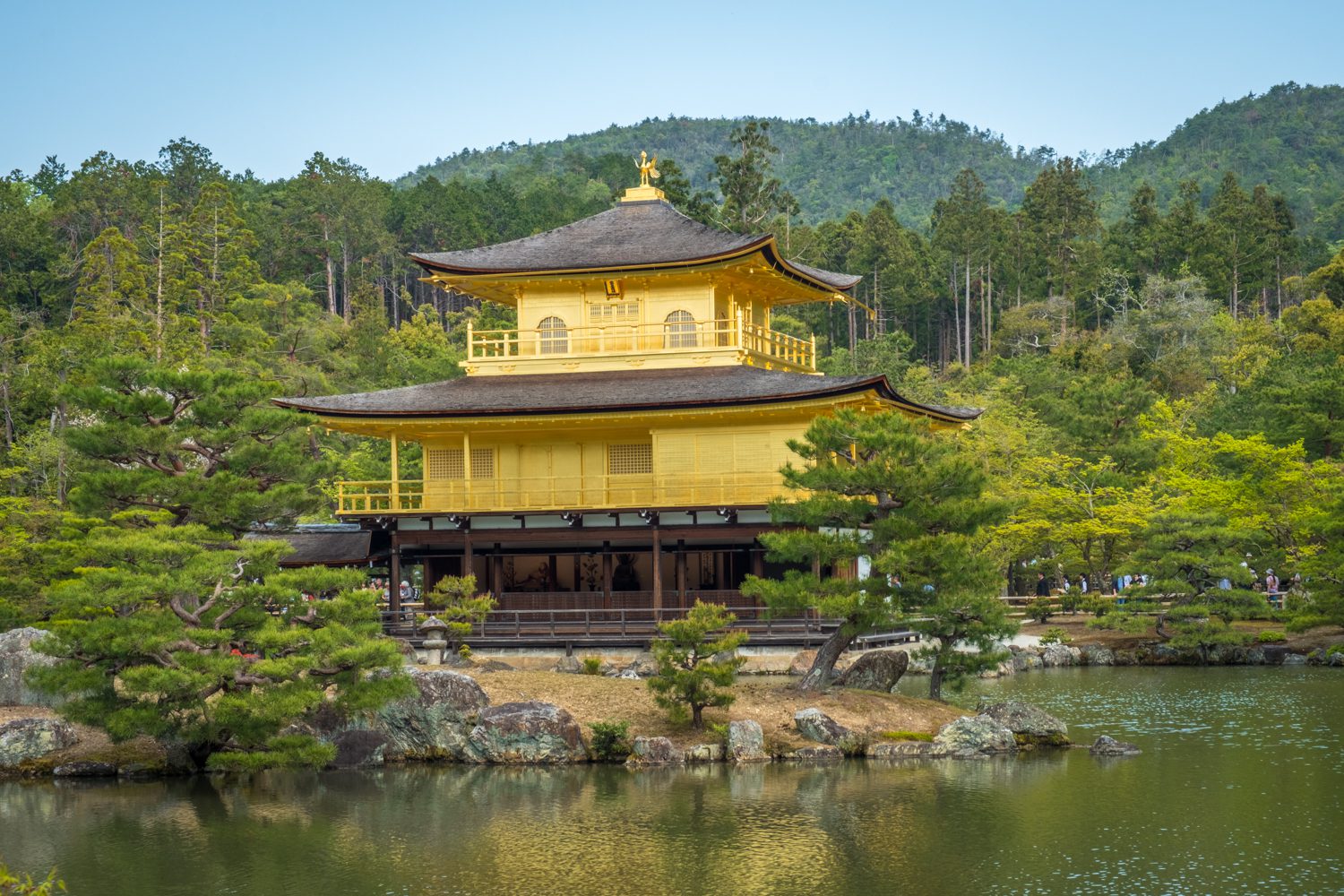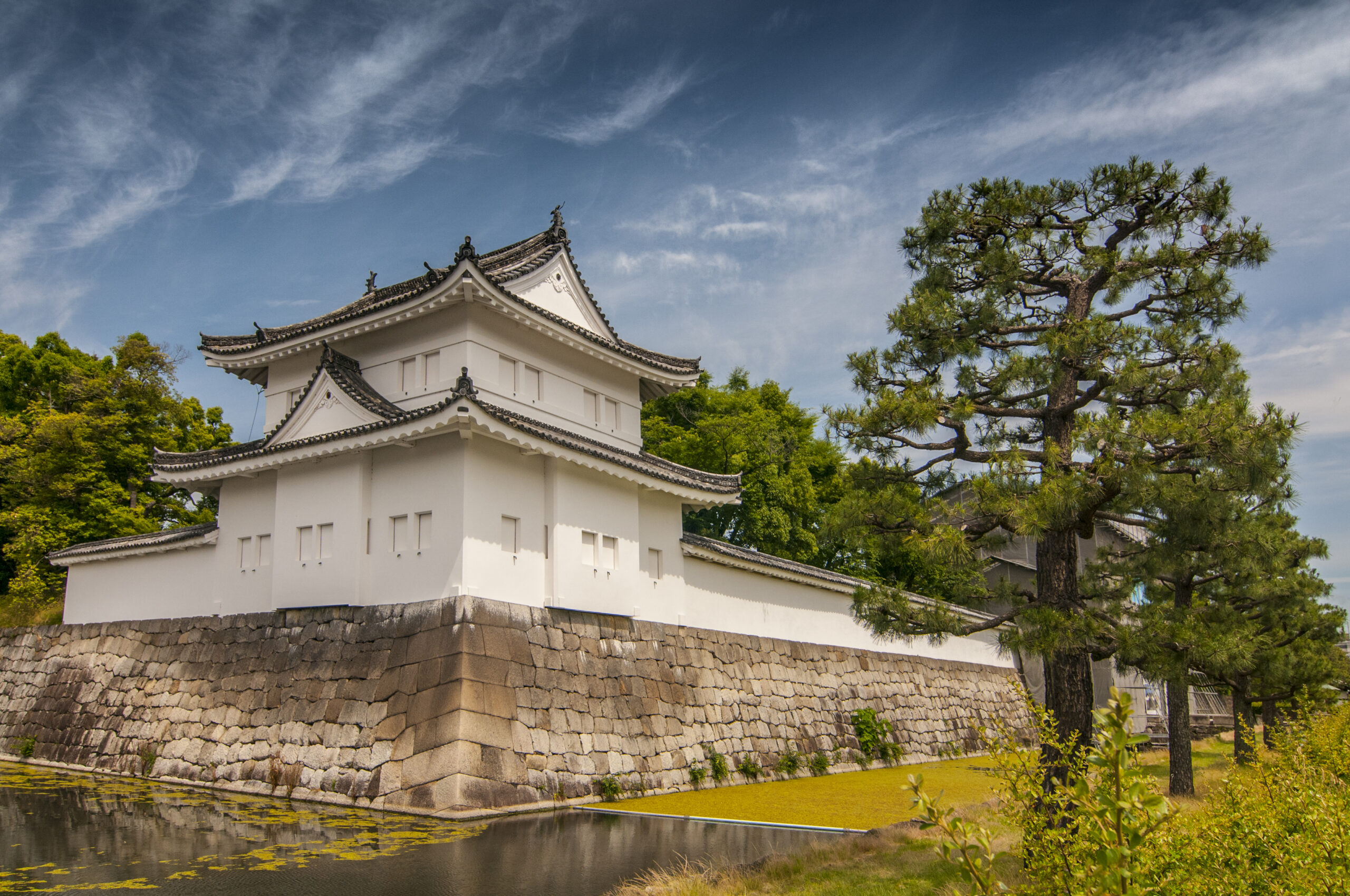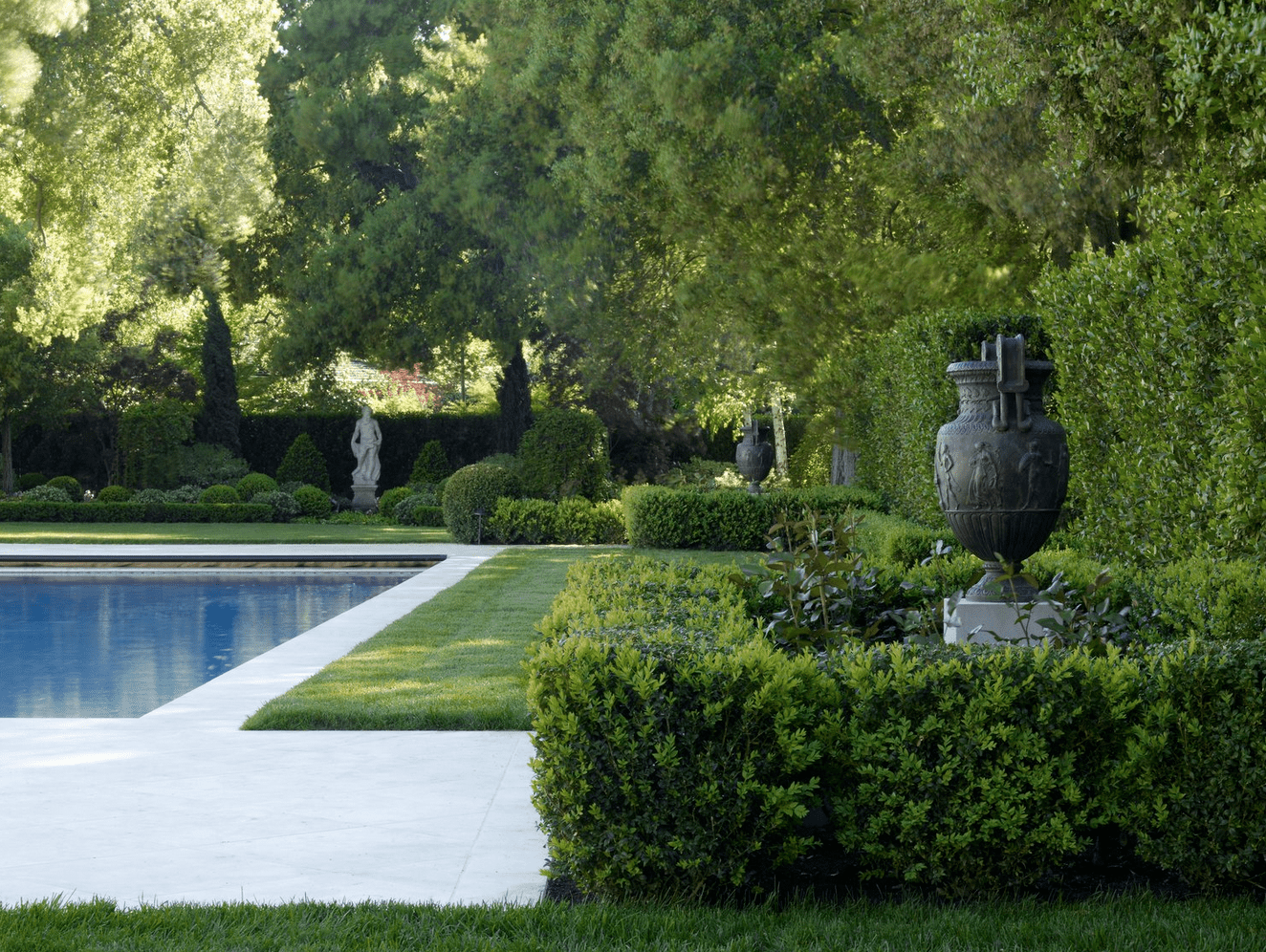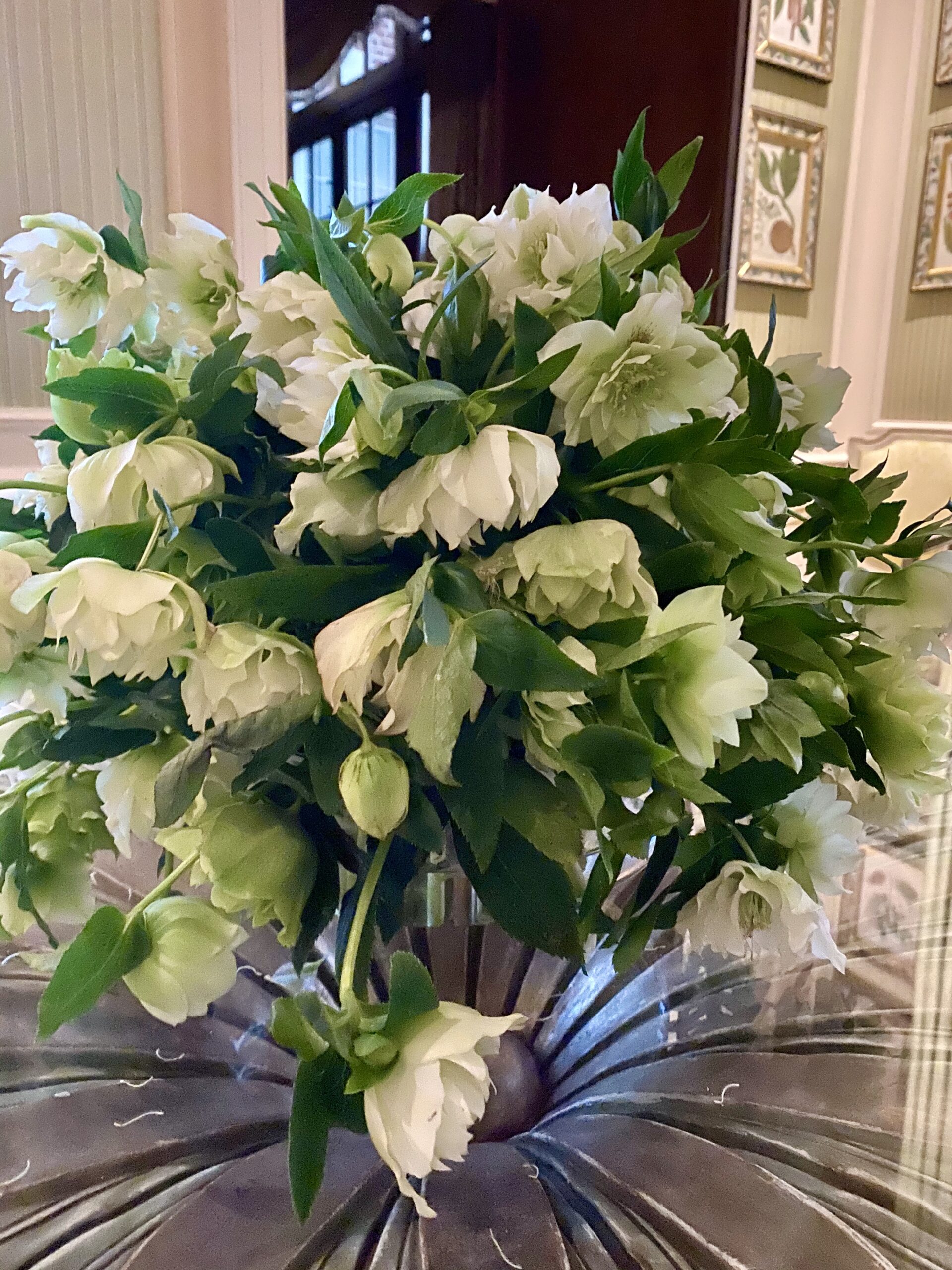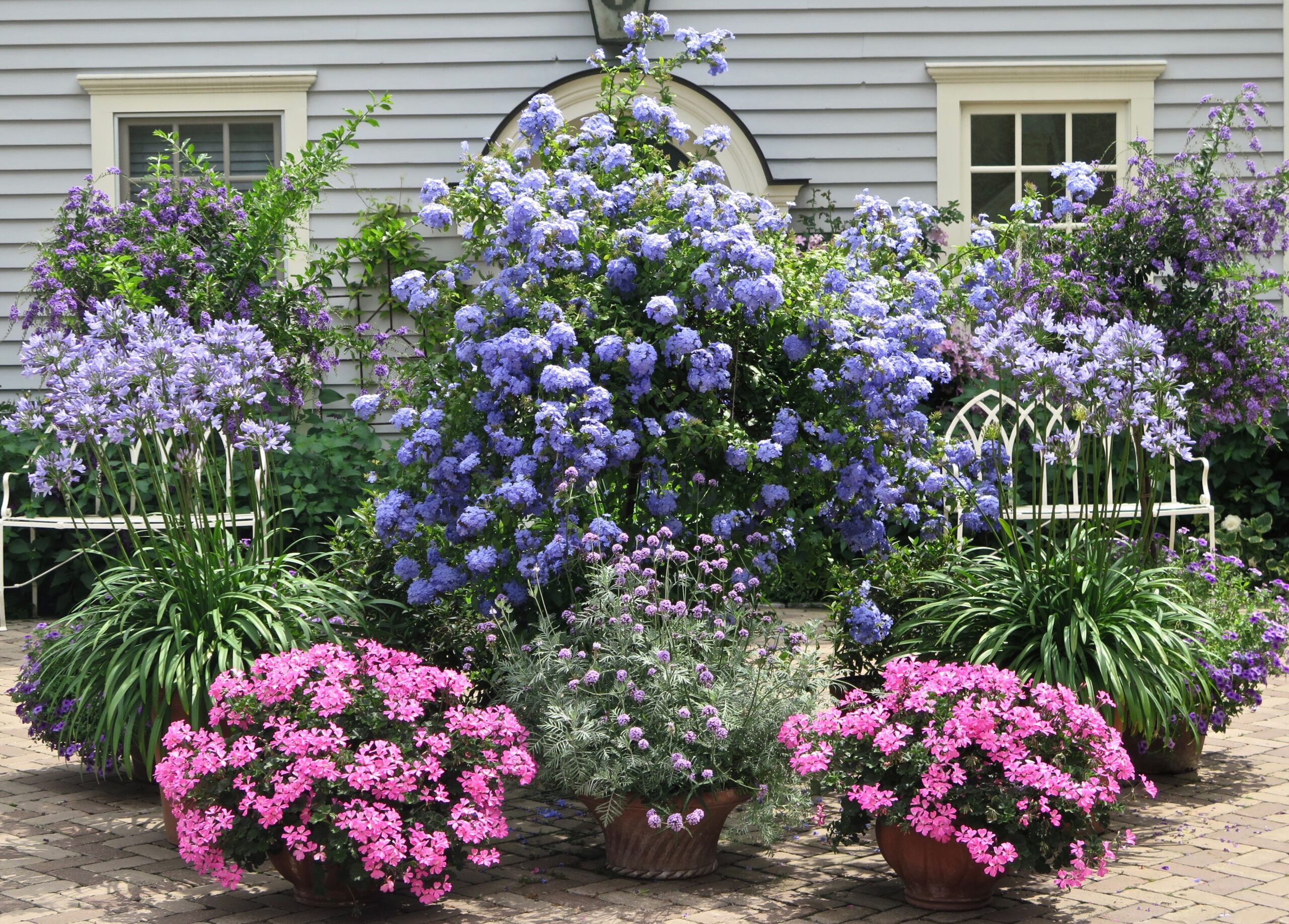One of the must-see sites we visited in Kyoto was the Golden Pavilion in its beautiful setting and garden. It is designated as a National Special Historic Site, a National Special Landscape and is one of the 17 locations making up the Historic Monuments of Ancient Kyoto, which are World Heritage Sites. It is the #1 site for visitors coming to Kyoto.
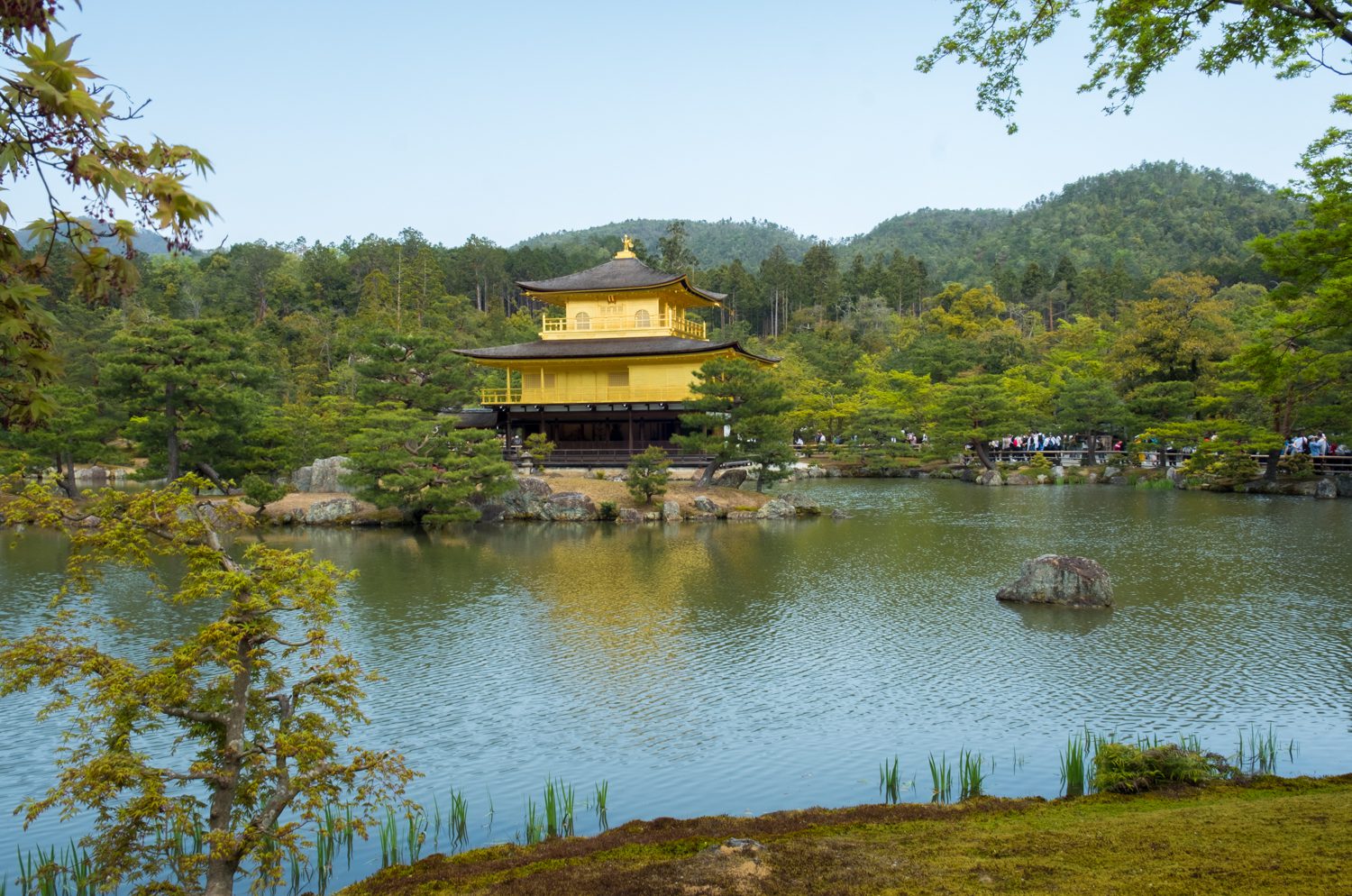

The building alone is worth the visit, having originally been built as a retirement villa for a shogun named Yoshimitsu in the 1300s, and converted to a Zen temple upon his death in 1408. It burned down several times over the years (twice during the Onin War in the 1400s and most recently in 1950 by a deranged monk), but was restored to its present form in 1955. You can only view this building from the exterior – no access is permitted.
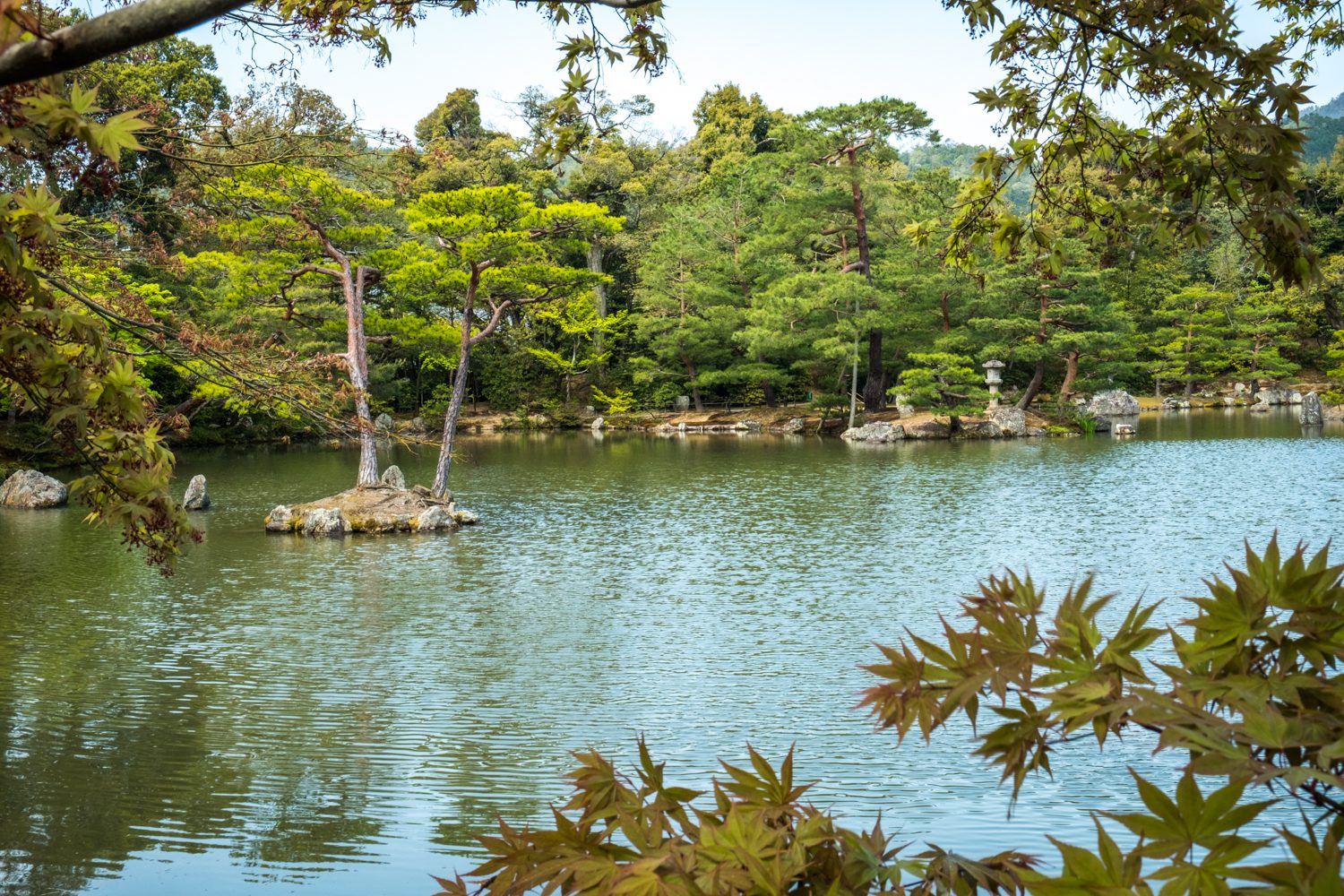

The style of the Japanese garden surrounding the Golden Pavilion is a strolling garden, with a circular walking path around the pond so visitors can view the Golden Pavilion from many perspectives. It’s hard to imagine, but the garden has retained its original design from the 1300s!
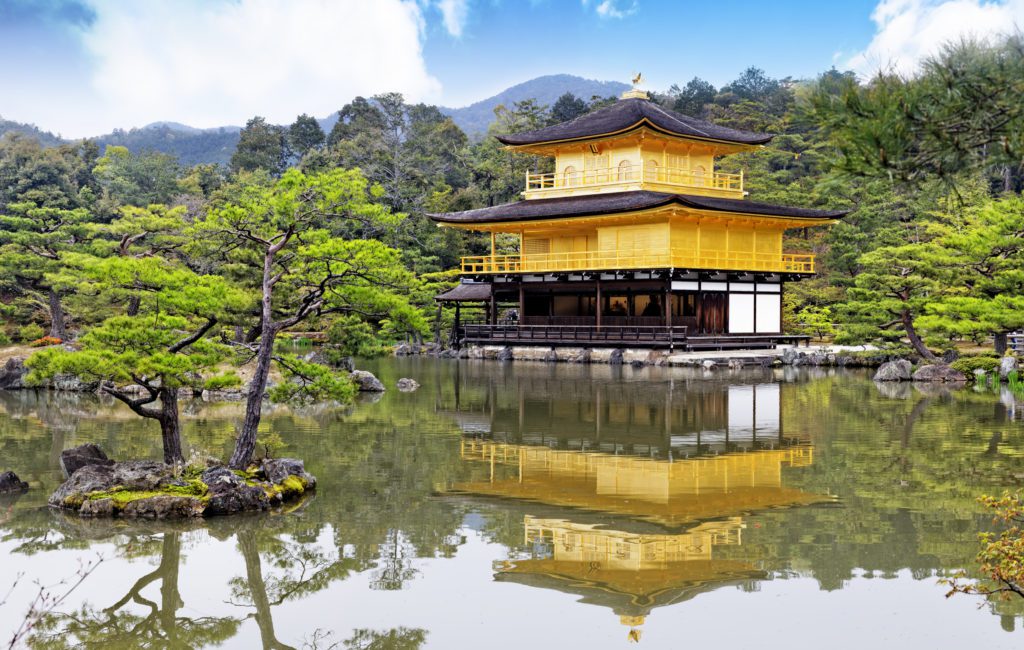

Reflection in Mirror Pond on a non-windy day!
On non-windy days, you are rewarded with a beautiful reflection of the pavilion in the water, called Mirror Pond, which we missed during our visit… (NOT my photo above, unfortunately!). There is lovely “borrowed scenery” from the mountains surrounding the property.
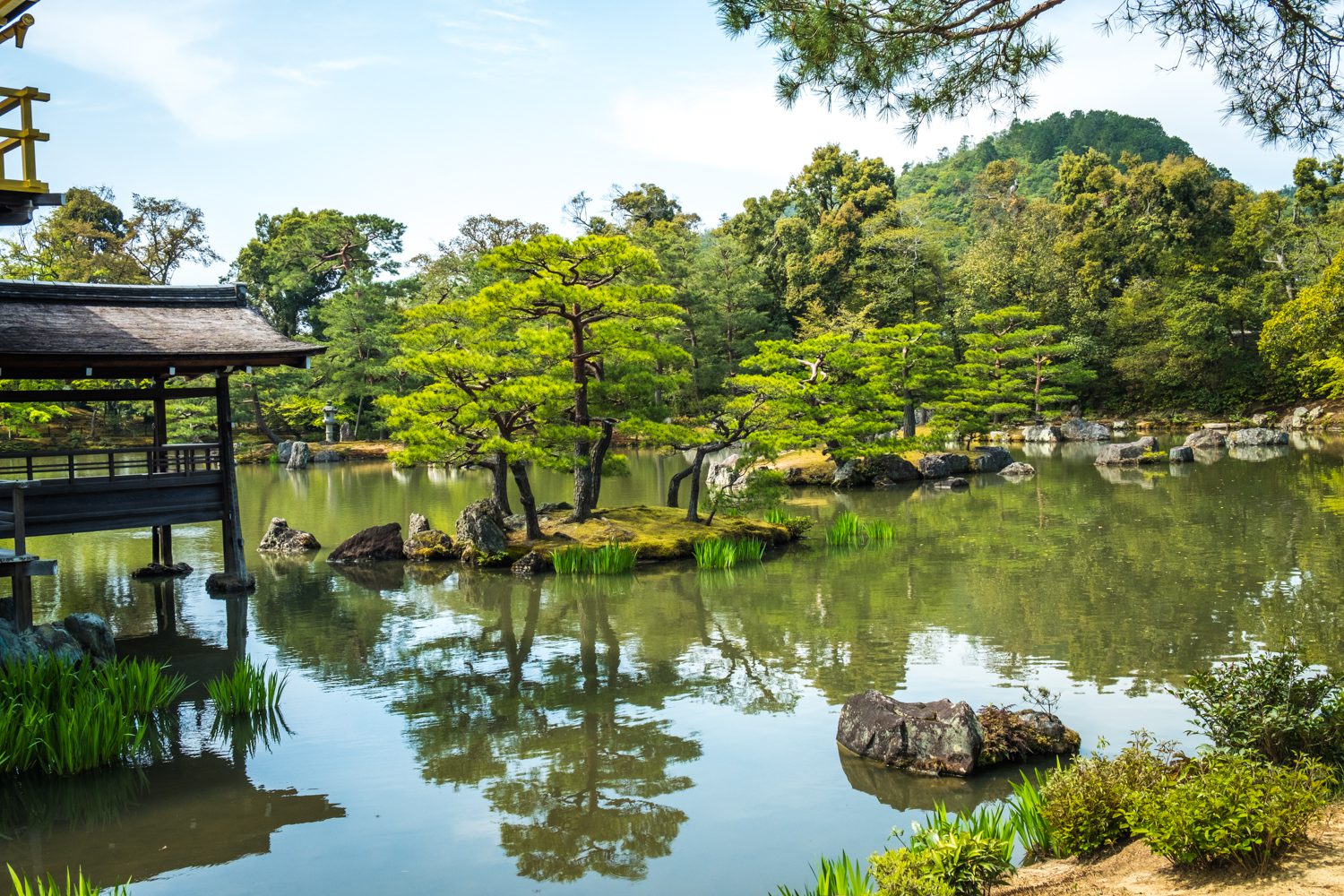

The pond contains 10 small islands covered in moss, pine trees and beautiful rocks. The pine trees are meant to represent permanence and longevity in a Japanese garden. The small fishing dock which is attached to the rear of the pavilion is seen above. What a beautiful view of the garden from that vantage point!
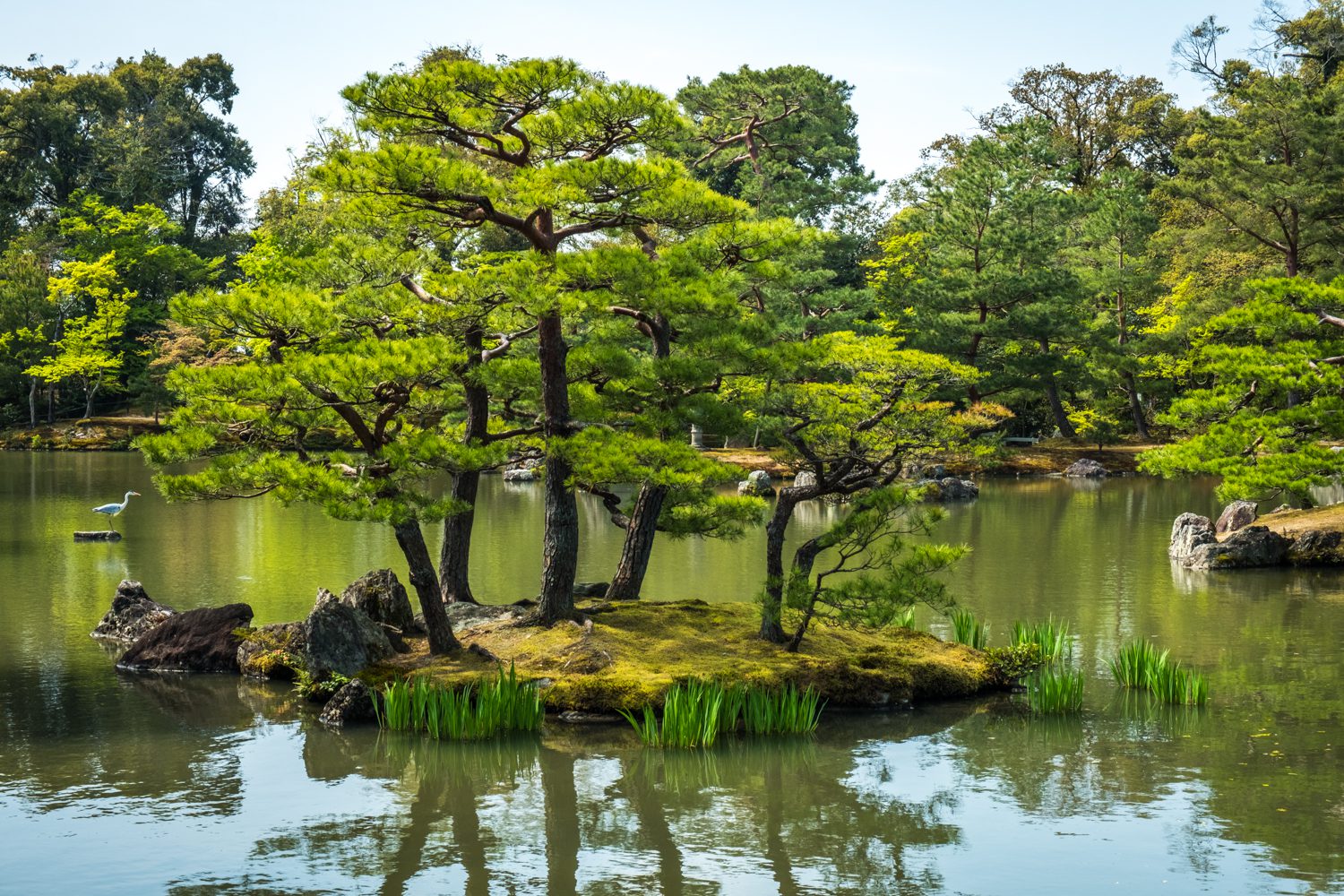

The garden complex is an excellent example of a strolling garden from the Muromachi period of design (1336 – 1573) which is considered to be the classical age of Japanese garden design. Gardens became smaller, simpler and more minimalist during this period, while retaining many of the typical elements of a Japanese garden. There was a focus on the relationship between buildings and their surrounding environment, integrating structures into the landscape in an artistic way.
We found this to be a relatively quick visit (30-45 minutes). Be sure to visit this garden first thing in the morning and avoid the weekends to visit with the least number of visitors!

